By Daniel Dunaief

After setting the American record for the longest consecutive streak of 340 days away from Earth aboard the International Space Station, astronaut Scott Kelly returned and flopped into a pool.
While we all haven’t been away from Earth for any length of time, we have been living in a modified version of the normal we knew.
Like Kelly, we have spoken with our close friends and family through electronic devices that beam them onto a screen in front of us.
We have watched some of their drained faces, as they isolated themselves for a month or more, battling through the cough, fever and discomfort of COVID-19.
We have also seen our relatives at much greater than arm’s length as we celebrated landmark birthdays, the birth of new family members, and socially-distanced graduations and limited-attendance weddings.
In two weeks, I am anticipating the familiar feeling of diving into a familial swimming pool. That’s when I will see family members I haven’t seen in over a year.
We worked around our busy schedules not only to get vaccinated before we saw each other in real life, but also to do so long enough in advance of that meeting that our immune systems would have time to arm themselves against viral spike proteins.
This is the longest period my wife and I have ever been separated from our parents. We know how fortunate we are that our parents didn’t get sick.
We took nothing for granted, staying away from our parents and extended family. We might as well have been on the International Space Station, which was probably among the safest places people have ever lived, given the limited social contact in a controlled environment 254 miles from the nearest pool, family member or pizza restaurant.
We feel so much closer to a more familiar life than we have in over a year, as we anticipate seeing our parents and family members who can attend our son’s graduation. The planned visit has become a dominant and daily topic of conversation in our house. We are wondering what food and drink to serve, how to move everyone from nearby hotels to socially-distanced seating at graduation and what games to prepare in our backyard for our grown children to play with their cousins.
These questions and decisions might have seemed like a responsibility prior to the pandemic, as hosting anyone requires attention to detail and consideration for our guests. That responsibility has transformed into the kind of privilege we might have taken for granted in other years, before the pandemic disrupted family gatherings and turned the calendar into a reminder of delayed gratification of family gatherings.
While we will likely engage in the Texas two-step, trying to gauge how close we can get physically to each other, it’s easy to imagine that hugs, kisses and appreciative smiles will bubble up from the excitement of a backyard that has hosted more routine gatherings of birds, squirrels and chipmunks than of the people who stare at flickering screens in our home.
As we prepare to dive into our own family pools of support, affection and love, we are incredibly grateful to everyone who made such a return to normal possible, from those who explored the basic science that led to the vaccine, to those who developed and tested the vaccine, to those who treated family and friends, to those who stocked the shelves with the food and drinks we needed to take us from the uncertainty of the pandemic to the anticipation of a celebration. Absence made our hearts grow fonder for family and increased our appreciation for everyone who allowed us to reunite with the most important pieces of ourselves. In just a few weeks, we look forward to diving into a more familiar world.






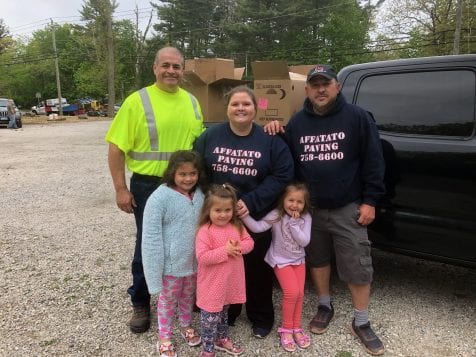


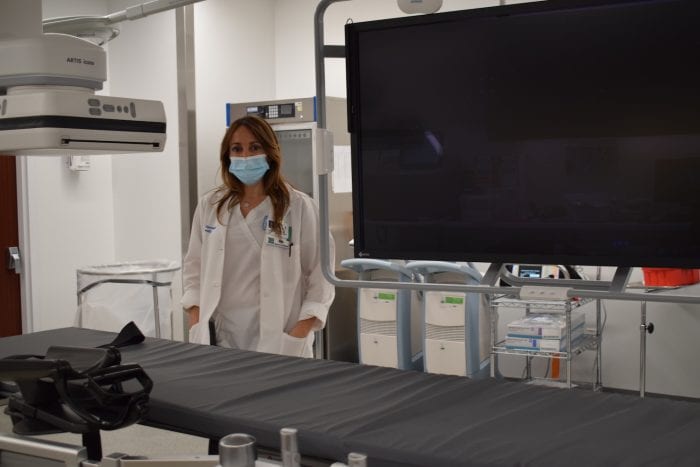
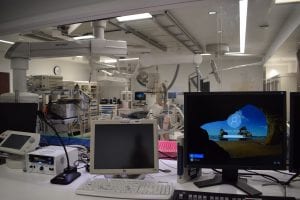

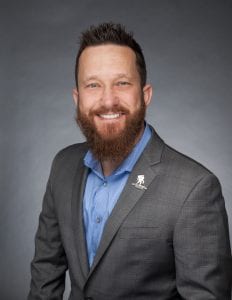
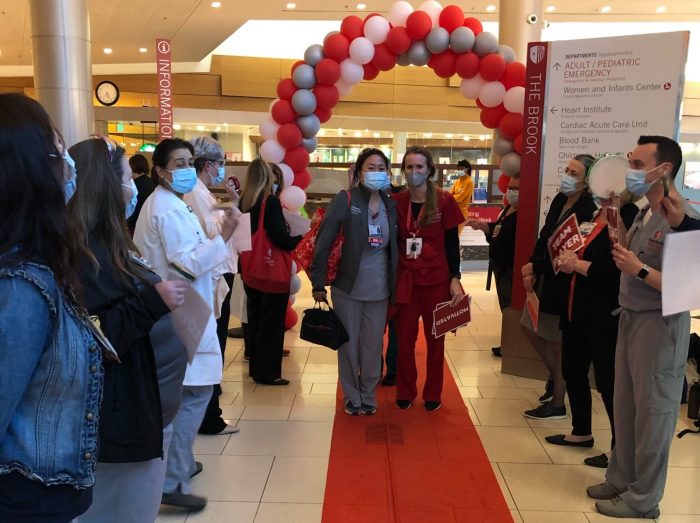

















 Doubters cited its remote location and the difficulty of obtaining necessary public utilities in what was considered an isolated area. These worries were soon overcome when the Krinsky Organization created its own water company with the capacity to serve 10,000 families.
Doubters cited its remote location and the difficulty of obtaining necessary public utilities in what was considered an isolated area. These worries were soon overcome when the Krinsky Organization created its own water company with the capacity to serve 10,000 families.



